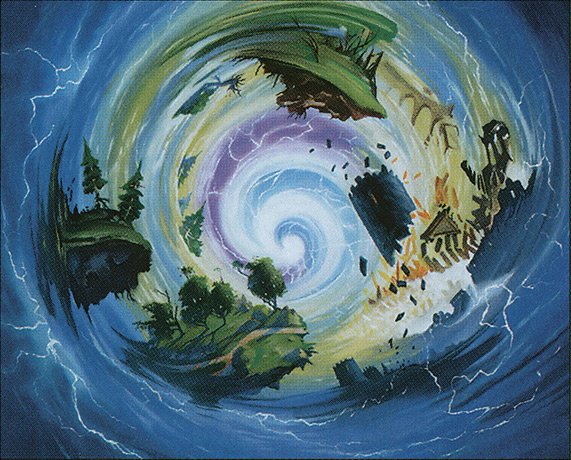
Constructing a well-tailored mana base is a pivotal aspect of Magic: The Gathering deck building, influencing the consistency and functionality of your spells throughout a game. Creating an ideal mana base involves a delicate balance of color fixing, land choices, and strategic considerations.
In this short guide, we’ll explore the essential steps and considerations to help you optimize your mana base, ensuring a harmonious blend of colors and a smooth flow of mana at every game stage. Whether you’re a newcomer to deck construction or a seasoned player seeking to refine your mana base, these insights will empower you to build decks that deliver reliable and powerful performances.
Setting up an ideal mana base in Magic: The Gathering (MTG) is crucial for consistent and effective gameplay. A well-constructed mana base ensures that you have access to the right colors of mana at the right time. Here are steps and considerations to help you build your ideal mana base:
- Determine Your Deck’s Color Requirements:
- Identify the primary colors of your deck and any color-intensive cards.
- Consider the mana symbols in the mana costs of your spells and prioritize the colors accordingly.
- Calculate the Mana Base Ratio:
- Use the deck’s mana curve to determine the ideal ratio of lands for each color.
- Consider the number of mana symbols for each color at different converted mana costs in your deck.
- Choose the Right Lands:
- Include a mix of basic lands and non-basic lands.
- Dual lands (e.g., shock lands, check lands, pain lands) are valuable for providing flexibility in mana colors.
- Fetch lands can help you thin your deck of unwanted lands and fix your mana.
- Fast lands (e.g., Spirebluff Canal) can be useful for early-game consistency.
- Filter lands (e.g., Sungrass Prairie) can help with color fixing.
- Consider Mana Fixing Cards:
- Include mana-fixing artifacts like “Arcane Signet,” “Farseek,” or “Cultivate” to ramp and fix mana simultaneously.
- Consider cards that provide multiple colors of mana, such as “Mana Confluence” or “City of Brass.”
- Mind Your Curve:
- Adjust the mana base to match the deck’s curve. Lower-curve decks may require fewer lands, while higher-curve decks may need more.
- Consider the distribution of colors at each converted mana cost.
- Include Utility Lands:
- Add utility lands that complement your strategy, such as those that produce colorless mana or provide additional effects.
- Be cautious not to overload on utility lands at the expense of consistent colored mana.
- Test and Adjust:
- Playtest your deck to assess the effectiveness of the mana base.
- Pay attention to situations where you get mana-screwed or mana-flooded, and adjust the mana base accordingly.
- Consider Sideboard Options:
- If your deck uses side boarding, consider including lands that help you adapt to different matchups.
- Sideboard lands like “Field of Ruin” can address specific problematic non-basic lands from your opponent.
- Adapt to the Metagame:
- Be aware of the metagame and adjust your mana base to accommodate prevalent strategies.
- Include cards dealing with opposing non-basic lands or enchantments that may disrupt your mana base.
Building an ideal mana base is a dynamic process that requires testing and fine-tuning based on your deck’s performance and the evolving metagame. Regularly reassess your mana base to optimize it for consistency and flexibility.
